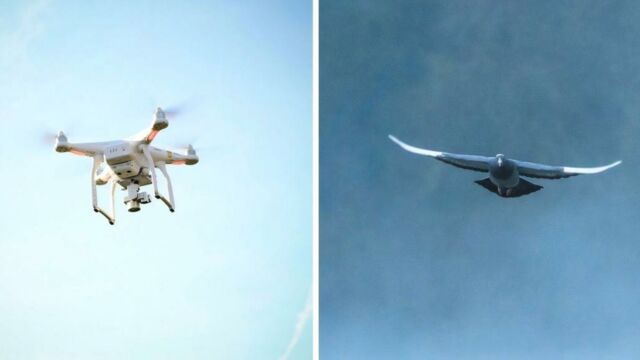Our story begins in Germany at the beginning of the 20th century. The year is 1903 and at that time Doctor Julius Neubronner was an apothecary (equivalent to our current chemists) and passionate about photography. He used still the unrecognized sixth sense of pigeons to make urgent drug deliveries to a sanatorium not far from his home in Kronberg.
Discover our latest podcast
But in 1907, one of these pigeons disappeared for four weeks before returning to the nest as if nothing had happened. Neubronner then wondered what his pigeon may have done and then came up with a revolutionary idea to study the route of his protégés: equip them with an on-board camera taking in-flight pictures, as described by the New Yorker.
Exceptional shots
Strapped to the belly of the animal, the small device weighing 75 grams (to give you roughly an idea, it is as if you were carrying a backpack of ten kilos. While flying.) was the subject of numerous tests and adjustments by the doctor before producing the first successful aerial shots.
And the least you can say, is that for the time, the images are quite simply exceptional. While images taken from drones impress us today, know that at the time aerial photos were very rare and most often taken via balloons or kites, but never before had we been able to see pictures taken in flight, through birds.
“The Turn-of-the-Century Pigeons That Photographed Earth from Above” Some pun about Instagram and birds. https://t.co/LFtXc8GzHLpic.twitter.com/FlEFnvptIN
— Suraj (@logikblok) April 17, 2018
A particularly famous shot was that of the Château-Hôtel de Kronberg, which apart from the magnificent panorama allows us to glimpse the tip of the pigeons' pinions at the edge of the frame, signing its photo in the sky with the tips of its wings.
Photo du Schlosshotel de Kronberg faite par un pigeon photographe pendant la Seconde Guerre Mondiale. pic.twitter.com/RHG7pUSW3J
— Wikamaro (@Wikamaro) August 5, 2020
Spy pigeons during the Great War
It was not long before the process caught the interest of the army, which made use of photography with pigeons during the First World War to carry out reconnaissance in the field. However, the process would gradually be abandoned in favour of aviation, and pigeons would instead be used as messengers during the First and Second World Wars.














